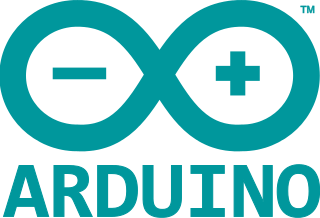It’s a no-brainer to us that free and open source should be the default for governments, because governments should be…well, open. With the Open Technology Center, John Weathersby is working to help bring open source to national defense and security.
The Video FOSS Force Interview
John Weathersby founded and ran the Open Source Software Institute to “promote the development and implementation of open source software solutions within U.S. federal, state, and local government agencies.” A worthy goal!
Robin “Roblimo” Miller is a freelance writer and former editor-in-chief at Open Source Technology Group, the company that owned SourceForge, freshmeat, Linux.com, NewsForge, ThinkGeek and Slashdot, and until recently served as a video editor at Slashdot. Now he’s mostly retired, but still works part-time as an editorial consultant for Grid Dynamics, and (obviously) writes for FOSS Force.



 This fear arose, and became a big deal on Reddit, after a
This fear arose, and became a big deal on Reddit, after a 


 Hardware: I’m using a Raspberry Pi Model 2 B with a 32-bit SanDisk micro SD card. The reason for using the Model 2 B is because I happened to have one that wasn’t currently being used. Also, I wouldn’t need any of the extras, like Wi-Fi. that the Raspberry Pi 3 brings to the table since it will be connected via Ethernet and SSH.
Hardware: I’m using a Raspberry Pi Model 2 B with a 32-bit SanDisk micro SD card. The reason for using the Model 2 B is because I happened to have one that wasn’t currently being used. Also, I wouldn’t need any of the extras, like Wi-Fi. that the Raspberry Pi 3 brings to the table since it will be connected via Ethernet and SSH.


 Two boards I began to work with were the
Two boards I began to work with were the 
